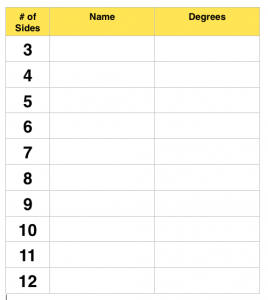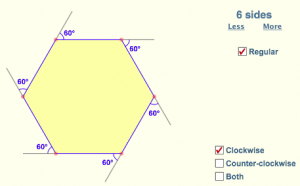 Multiplication. It is one of the four types of operations you learned in math (along with addition subtraction and division). There are many different ways to multiply numbers. However, sometimes, multiplying really big numbers can be a challenge. Luckily, there are many different techniques you can use to solve large multiplication problems.
Multiplication. It is one of the four types of operations you learned in math (along with addition subtraction and division). There are many different ways to multiply numbers. However, sometimes, multiplying really big numbers can be a challenge. Luckily, there are many different techniques you can use to solve large multiplication problems.
Spark your math thinking!
- Set up your math mini spark recording page: #54: Multiplication Tricks
- Watch this video about multiplying using lines. Take some notes as you watch to track the process.
3. Print out (or have your teacher print out) this worksheet. Use the method in the video to come up with answers to multiplication problems. You can check your answers on the second page of the worksheet.
4. If you feel comfortable with those problems and want to try multiplying bigger numbers, then print out this worksheet.
5. Share your math mini spark recording page and Explain EDU project with your teacher/EY coordinator.
*Lesson inspired by multiplication lessons from East Asian schools

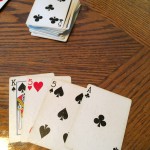
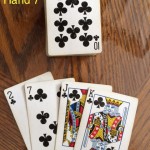
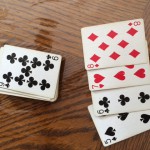

 Numberphile is a YouTube channel that posts many videos about many different math concepts. The channel has numerous videos on many real life examples. It is a great channel to learn about concepts not necessarily taught in school. One video that the channel contains is about a super egg, or a superellipse.
Numberphile is a YouTube channel that posts many videos about many different math concepts. The channel has numerous videos on many real life examples. It is a great channel to learn about concepts not necessarily taught in school. One video that the channel contains is about a super egg, or a superellipse.



 Go ahead…play some games on your iPad! For this mini spark, we want you to play some games. That’s right,
Go ahead…play some games on your iPad! For this mini spark, we want you to play some games. That’s right, 